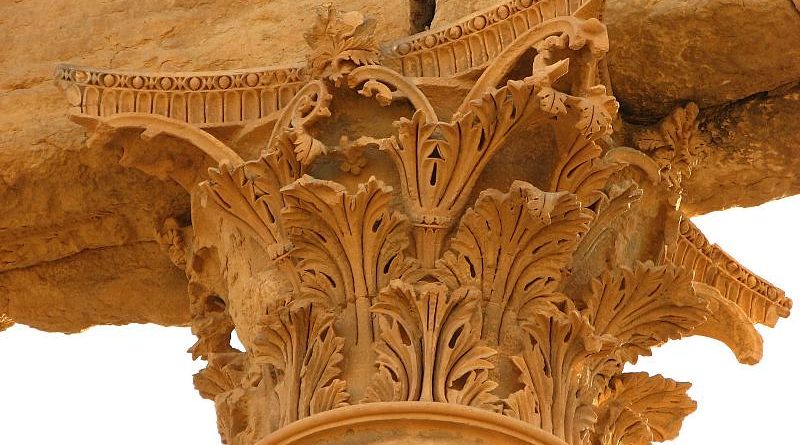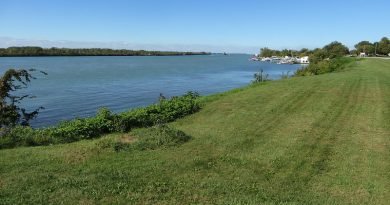Palmyra – City of Palms, City of Dates
History Facts
Where: A Desert town 150 miles from Damascus, Syria
When: Settlement from 1000 BC, Roman remains date from 2nd Century AD
History: Pad of the ruthlessly ambitious and beautiful Queen Zenobia, who attempted to take over parts of the Roman Empire before her defeat
Go There For: Dilapidated grandeur in the dry and thirsty desert
The ruined city of Palmyra (‘City of Palms’) is located at an oasis deep in the Syrian desert, about 150 miles from Damascus. Despite its remote location Palmyra (or Tadmor, ‘City of Dates’ as it is known locally), is the most splendid tourist site in Syria.
What’s the History There?
Although the Roman ruins at Palmyra date from the 2nd century AD, there is archaeological evidence of Neolithic settlement as long ago as the 19th century BC. From about 1000 BC, Palmyra was an Assyrian caravan town. About 1000 years later it became a Greek outpost about, until it was finally annexed by the Romans in 217 AD.
Because of it is situated at an oasis, the town was always an important staging post on the main trading route between China or India and Europe. Under the Romans it became incredibly wealthy from heavy taxation imposed on the caravans which passed through, bearing exotic goods such as silk, perfumes, olive oil, wine, wool and figs.
The most famous ruler of Palmyra was the formidable Queen Zenobia, who ruled the town after the suspicious death of her husband in 266 AD. She claimed descent from Cleopatra, Queen of Egypt, and was reputed to have been extraordinarily beautiful – as well as ruthlessly ambitious. Her armies seized all of Syria, Egypt, Arabia and Anatolia from the Romans, and even went so far as to declare her independence from Rome. The Emperor Aurelian was unable to bear such open effrontery, and in 271 he laid siege to Palmyra. Zenobia refused to surrender and managed to flee the town – only to be captured by the Romans at the Euphrates. The warrior queen was paraded through Rome in chains, where she ended her days.
Two years later, the inhabitants of Palmyra rebelled again. This time Aurelian was taking no prisoners: the city was ransacked and torched, and the people slaughtered. In 1089 a devastating earthquake completed the job Aurelian had started, and reduced what remained of the once grand city to ruins.
What’s There to See and Do?
Archaeologists have excavated parts the vast site, and many of the artifacts they uncovered can be seen in the museum at Palymra. A number of the grand buildings have been restored, but although there’s no overall entry fee to the whole site you have to pay separately to visit the most impressive structures:
– The Temple of Bel and its enormous square courtyard.
– The Colonnade was once the main street of Palmyra. At one end stands the partially restoredMonumental Arch.
– The Theatre complex, incorporating a market place and banquet hall, is situated on the south of the Colonnade.
More Information
Syria Tourism
Useful information on visiting Syria.
Books
Palmyra and Its Empire : Zenobia’s Revolt Against Rome, Richard Stoneman; University of Michigan Press, 1995




